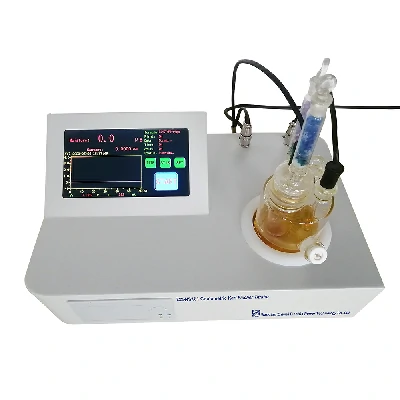The stability of the sample container can have a significant impact on Karl Fischer titration results due to potential moisture exchange between the sample and the surrounding environment. Here’s how:
- Moisture Absorption: If the sample container is not properly sealed or if it is made of a material that can absorb moisture from the air, it may lead to an increase in the moisture content of the sample over time. This absorbed moisture can then contribute to higher titration values, resulting in inaccurate moisture content determination.
- Moisture Loss: Conversely, if the sample container allows moisture to escape from the sample into the surrounding environment, it can lead to lower moisture content readings during titration. This can occur if the container is not tightly sealed or if it is made of a material that allows moisture to permeate through it.
- Equilibration Time: The stability of the sample container can also affect the time required for the sample to reach equilibrium with the surrounding environment. If the container is unstable or if it undergoes frequent temperature or humidity fluctuations, karl fischer titrator it may take longer for the sample to reach a consistent moisture content, leading to longer equilibration times and potentially affecting the accuracy of the titration results.
To mitigate these issues, it’s essential to use sample containers that are properly sealed and made of materials that are impermeable to moisture. Additionally, storing samples in a controlled environment with stable temperature and humidity conditions can help maintain the integrity of the samples and minimize moisture exchange during analysis. Regular calibration and validation of the titration equipment and procedures can also help ensure accurate results despite variations in sample container stability.
